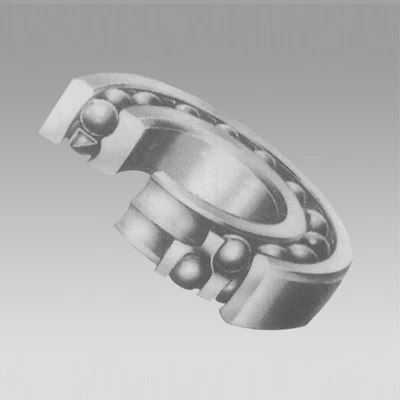
டிசம்பர் . 21, 2024 16:33 Back to list
Understanding the Mechanics of Angular Contact Ball Bearings for Enhanced Performance
Understanding Angular Contact Ball Bearings
Angular contact ball bearings are essential components in various mechanical and industrial applications, offering unique features that make them suitable for high-speed and high-load operations. Their design and functionality enable them to handle both radial and axial loads, making them versatile in different environments. This article will delve into the characteristics, advantages, applications, and maintenance of angular contact ball bearings.
Design Features
Angular contact ball bearings consist of inner and outer rings, balls, and cage arrangements that hold the balls in place. The key characteristic of these bearings is their contact angle, which is formed between the line of action (the line passing through the balls and the raceways) and a line perpendicular to the bearing axis. This contact angle is critical since it determines the ability of the bearing to support axial loads. Typically, the angles range from 15 degrees to 40 degrees, with larger angles providing higher axial load-carrying capabilities.
When compared to deep groove ball bearings, angular contact ball bearings can accommodate both radial and axial loads simultaneously. This feature makes them particularly suitable for applications that involve thrust loads, as the bearing can support forces in one direction efficiently. Moreover, they are often found in paired sets to provide improved stiffness and load distribution.
Advantages
One of the primary benefits of angular contact ball bearings is their ability to handle combined loads effectively
. The unique design allows them to withstand not only radial loads but also significant axial loads in one direction. This capability enhances their performance in high-speed applications, where durability and reliability are critical.angular contact ball

Another significant advantage is their reduced friction due to the rolling motion of the balls. This characteristic translates to lower energy consumption and heat generation, contributing to longer service life and increased operational efficiency. Moreover, angular contact ball bearings can be preloaded, which enhances rigidity and reduces vibration. Preloading also enables better contact between the balls and raceways, improving performance under various operating conditions.
Applications
Angular contact ball bearings find a wide range of applications across various industries due to their robust performance characteristics. In the automotive sector, they are commonly used in wheel hubs, transmission systems, and electric motors where they support axial loads while enduring high speeds. In the aerospace industry, these bearings are utilized in turbine engines and landing gear, where reliability and precision are paramount.
In industrial machinery, such as CNC machines and robotic arms, angular contact ball bearings facilitate smooth movement and precision positioning. They are also employed in medical equipment, where precision and reliability are critical for optimal performance. Additionally, due to their ability to operate under extreme conditions, these bearings are widely used in the oil and gas industry, as well as in mining applications.
Maintenance and Care
To ensure the longevity and optimal performance of angular contact ball bearings, proper maintenance practices are essential. Regular inspections should be conducted to check for signs of wear, corrosion, or misalignment. Lubrication is also crucial; appropriate grease or oil should be applied at recommended intervals to minimize friction and wear. Furthermore, it is essential to monitor operating temperatures, as excessive heat can lead to premature bearing failure.
In conclusion, angular contact ball bearings are indispensable components in numerous applications, offering a combination of load-carrying capacity, speed, and efficiency. Their ability to handle both radial and axial loads makes them versatile for various industries, from automotive to aerospace. By understanding their design features, advantages, applications, and maintenance needs, engineers and technicians can leverage these bearings to enhance equipment performance and reliability, ultimately leading to improved operational efficiency.
Latest news
-
Spherical Roller Bearings Applications: Heavy Duty, Self-Aligning
NewsAug.30,2025
-
Premium Deep Groove Ball Bearings | High Speed & Reliability
NewsAug.29,2025
-
Durable Scaffolding Clamps - Secure & Reliable Tube Connectors
NewsAug.28,2025
-
Common Failures in Thrust Ball Bearings and Solutions
NewsAug.22,2025
-
How Tapered Roller Bearings Can Take Shock Loads
NewsAug.22,2025
-
Angular Bearings in High-Precision Spindles
NewsAug.22,2025
